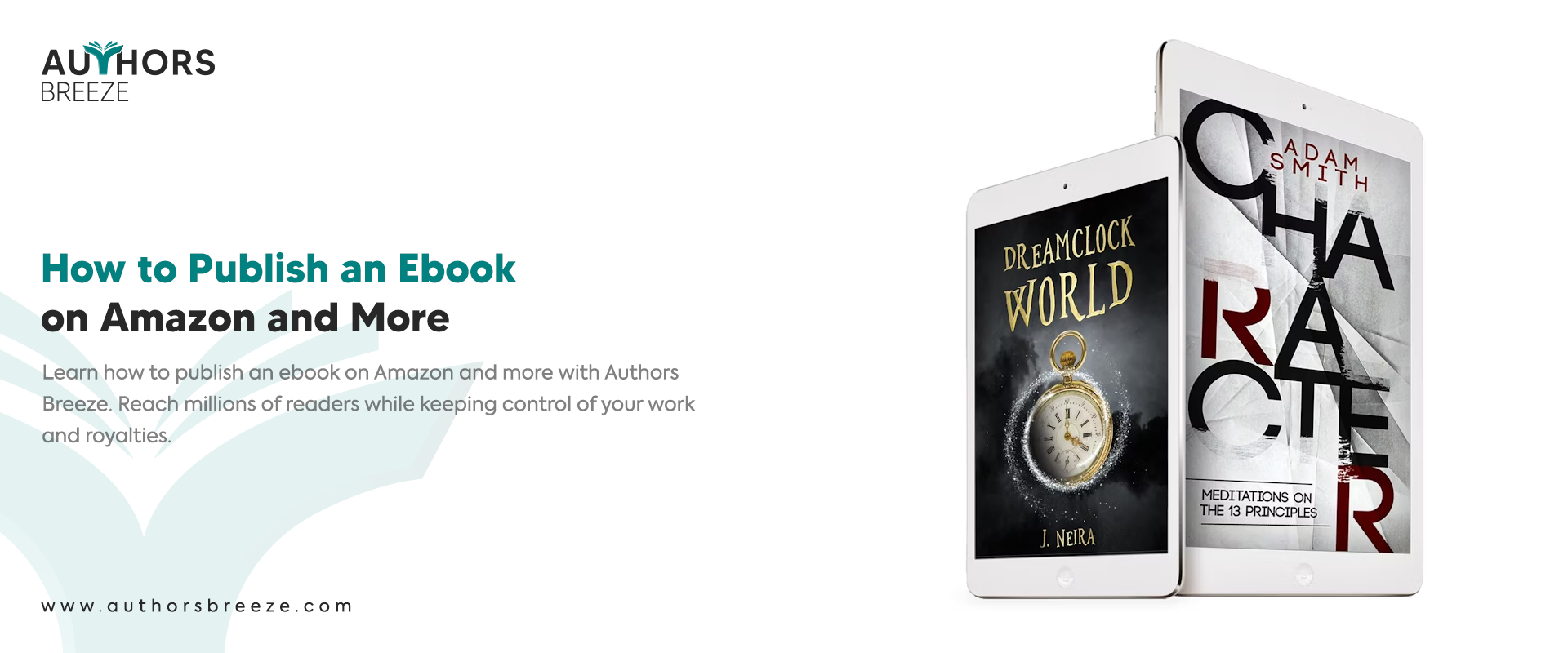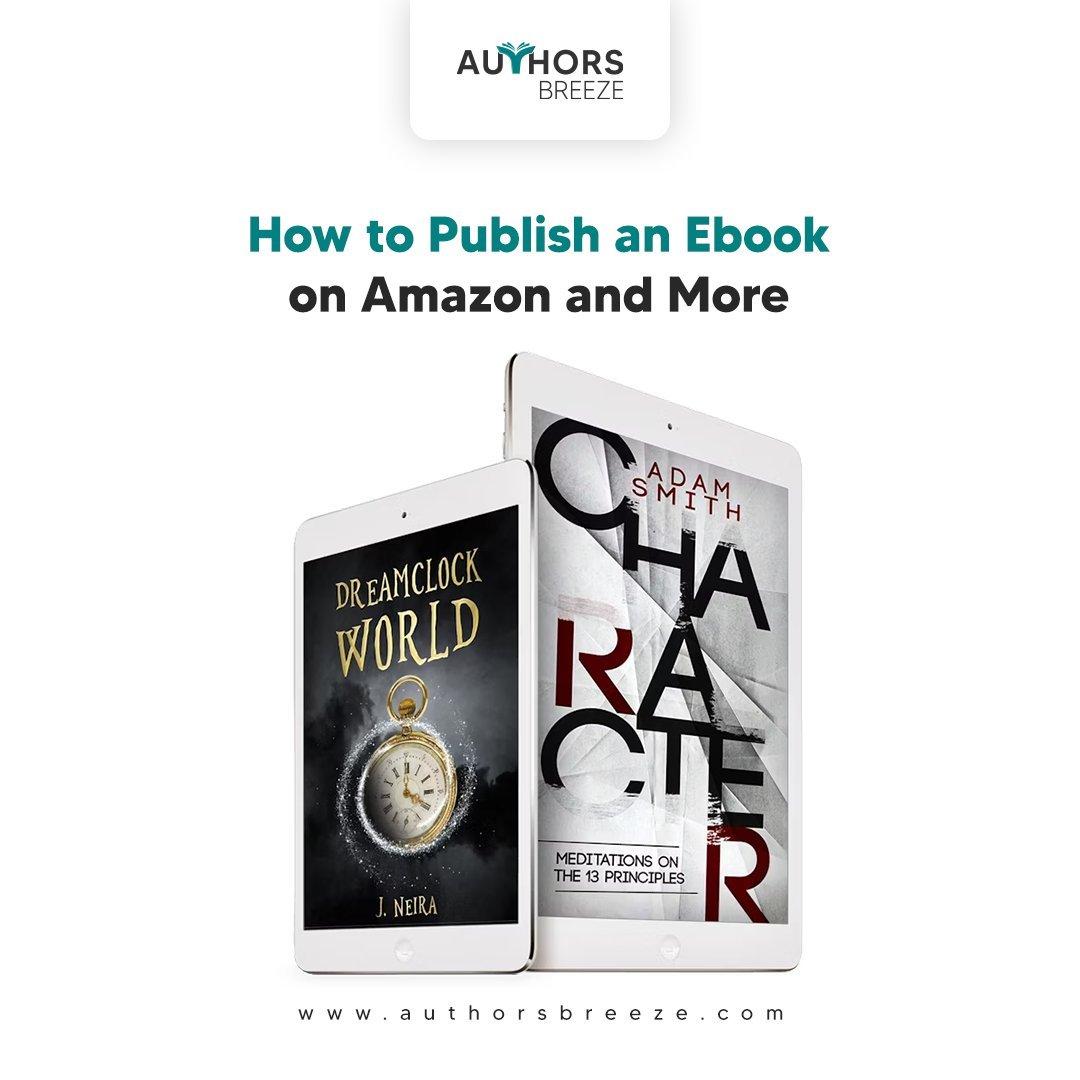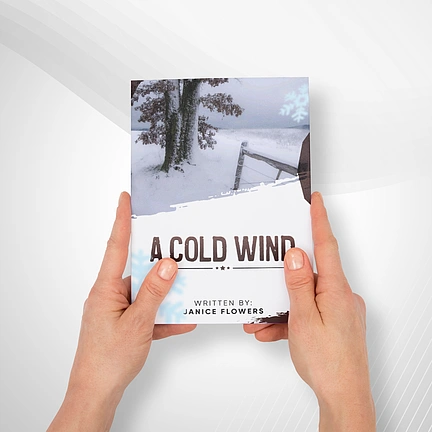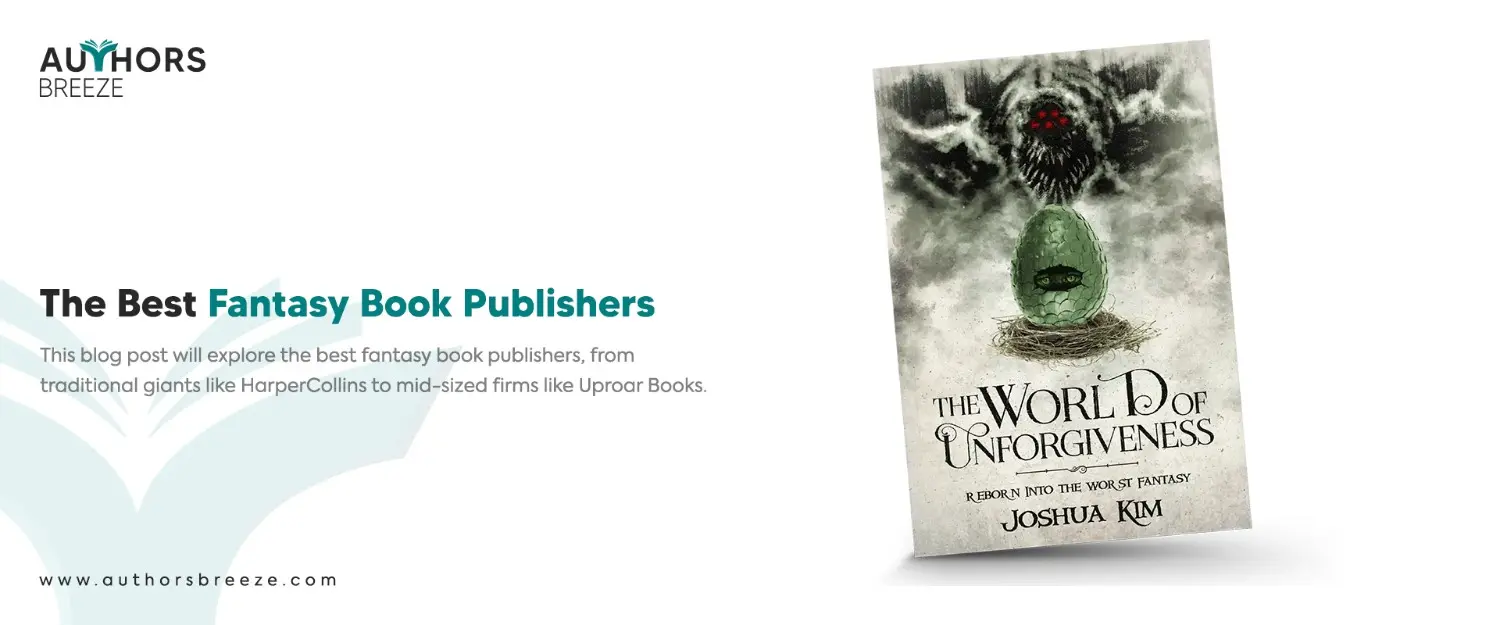Don’t Have Time to Read? Listen to this Article Instead!
Key Takeaways: How to Publish an Ebook on Amazon?
If you want to become a bestseller in today’s competitive industry, then it’s the right time to learn how to publish an ebook on Amazon. We will walk you through the entire process in this informative piece, so don’t hold back. Start reading!
- Write and edit your ebook. So you can set the foundation for a successful publication.
- You need to do proper ebook formatting to ensure your manuscript looks professional on all devices.
- Select Amazon Kindle Direct Publishing (KDP) to publish your ebook because it is a great platform for reaching a global audience.
- Set the right price and choose the correct royalty structure since it impacts your earnings.
- Market your ebook through Amazon tools and other platforms in order to increase visibility.
Publish Your Ebook, Make More Money
Money shouldn't stand in your way. Our budget-friendly services make it easy to share your ebook with the world.
Introduction
Publishing a book is one of the best ways to share your knowledge, stories, or expertise with a global audience. Thanks to platforms such as Amazon Kindle Direct Publishing (KDP), you can self-publish a book without dealing with traditional publishers.
This guide will take you through the entire process of how to publish an ebook, from writing and formatting your ebook to publishing and marketing it successfully.
What are the Benefits of Publishing a Book On Amazon?
Putting your work on Amazon through Kindle Direct Publishing (KDP) is like opening a shop in the biggest mall in the world. Amazon has millions of customers worldwide, which means lots of people can find and buy your book, no matter where they live.
You don’t have to pay a big company to print your book. With Amazon, you can print books only when someone buys them. So you don’t waste money on books you don’t sell, and putting your ebook online is free!
Amazon gives you a bigger share of the money when someone buys your book than most traditional publishers. This means you can earn more. Amazon makes it simple to put your book online. You can upload your book, set the price, and publish it yourself. They also give you help if you get stuck.
You don’t have to wait months to see your book in stores. You can put it online quickly, and people can start buying it right away. Amazon has tools that help you advertise your book to the right readers.
Also Read: What is Ebook Writing? Definition, Examples, & Insights
How to Publish an eBook on Amazon in Simple Steps?
Step 1. Write and Edit Your Book
The first step is to write a high-quality manuscript. Whether you are writing fiction, a self-help book, or a technical guide, your content should be engaging and well-structured. After finishing your draft, thorough editing is essential. Consider hiring a professional editor or using editing tools, such as Grammarly or ProWritingAid, to refine your work.
Also Read: What Are the Different Types of Editing?
Step 2. Ebook Formatting
Unlike print books, ebooks require special formatting to ensure they display properly on various devices. Here are a few tips:
- Use simple fonts like Arial or Times New Roman.
- Avoid complex layouts and excessive images.
- Save your file in a compatible format like EPUB or MOBI.
- Test your book using Kindle Previewer to check how it looks on different devices.
If you don't have the time to format an ebook, don't worry! You can always get book formatting services to help you.
Step 3. Create an Amazon KDP Account
Amazon is the biggest marketplace for ebooks, making it the go-to platform for self-publishers. Amazon eBooks publishing through Kindle Direct Publishing (KDP) is free and accessible.
Steps to Set Up Your KDP Account
- Visit KDP.amazon.com and sign in with your Amazon account.
- Complete your profile, including tax information and payment details.
- Familiarize yourself with KDP policies and royalty options.
Upload Your eBook to Amazon
Once your manuscript is ready, follow these steps to publish it on Amazon:
- Enter book details
- Choose a compelling title and subtitle that reflect your book's content.
- Add your name or pen name as the author.
- Write an engaging book description that highlights the value of your book to potential readers.
Write a Catchy Description for Your Book
Create a catchy description that sparks curiosity in the reader. That is your chance to convince people to buy your book. You don’t need to summarize every detail. Instead, tell them why they should read it. Explain how your book will make their life better or solve a problem they have. Show them why you’re the best person to help them.
Selecting Keywords and Categories
Amazon allows you to choose up to seven keywords that describe your book. So, pick relevant and high-traffic keywords to improve your book's discoverability. In addition, selecting the right ebook categories ensures that your book appears in the correct sections on Amazon.
When you pick categories for your ebook, choose ones that:
- Match what your book is about: Make sure the categories fit your topic.
- People look in: Pick categories where readers are actively searching for books.
- Aren’t too crowded: Aim for categories where you have a good chance of being seen, not ones where there are tons of other books.
Also Read: Amazon Ads for Authors: Skyrocket Your Book's Visibility
Make a Cover That Looks Awesome
People judge books by their covers. Especially online, your cover is the first thing people see. So, it needs to make a good impression. Your cover is like a picture of your book’s idea because it shows what your book is about visually.
Don’t try to design it yourself (unless you’re a pro). Good cover design is tricky. Thus, it’s best to hire a book cover designer who knows what they’re doing. A bad cover loses sales: A blurry or poorly designed cover makes your book look unprofessional, and people won’t buy it.
Get the size right:
- Amazon wants your cover to be taller than it is wide. Think of it like a rectangle standing up.
- Specifically, for every 1000 pixels wide, it should be 1600 pixels tall.
- Amazon’s ideal size is 2560 pixels wide by 1600 pixels tall.
- You can upload bigger images, but they have to be smaller than 10,000 x 10,000 pixels and 50 megabytes.
- Make sure your cover is clear, sharp, and looks great on a screen.
Also Read: The Top Book Cover Ideas to Engage Readers’ Interest
Professional Cover, Perfect Ebook
Your book cover is the first thing readers notice. So, make it count! Our expert designers create eye-catching covers at an affordable price.
Set Pricing and Royalties
Amazon offers two royalty options:
- 35% Royalty: Available for books priced between $0.99 and $200.
- 70% Royalty: Available for books priced between $2.99 and $9.99 in selected countries.
Pricing Strategies
Consider your book's genre and competition when setting the price. Lower prices can attract more readers, while higher prices can increase your earnings per sale. You can also experiment with pricing strategies, such as offering discounts or using Kindle Countdown Deals.
Pick When Your Ebook Goes Live
Amazon gives you two choices for releasing your eBook:
Publish it Right Now:
- This is for when you’re ready for your book to be available immediately.
- As soon as you finish filling in all the details, it goes live.
- If you’re not ready yet, just save your work as a draft and come back later.
Set Up a Pre-Order:
- This lets people buy your book before it’s officially released.
- It’s great for building excitement and getting people talking about your book.
- It can even help your book get a better ranking on Amazon before it’s available.
- If you plan on marketing your book and generating buzz, this is the better option.
Step 4. Market Your Ebook
Putting your book on Amazon is only the beginning. You have to create successful book marketing campaigns and strategies to get your book noticed.
Make Your Author Page:
Before you leave Amazon, create your “Author Central” page. This is where readers go to learn about you. It’s a simple way to get noticed.
Get Early Reviews:
Ask a group of people (a “launch team”) to read your book before it officially comes out and get book reviews on Amazon. This helps attract more readers.
Spread the Word:
Find websites that allow you to promote your book. Then, try to get your ebook mentioned by news outlets, bloggers, and experts in your subject.
Utilizing Amazon Marketing Tools
- Kindle Countdown Deals: Offers time-sensitive discounts.
- Amazon Advertising: Runs targeted book advertisements on Amazon to boost visibility.
- KDP Select: Enroll your book in Kindle Unlimited to earn based on pages read.
Exploring Additional Publishing Platforms
While Amazon dominates the ebook market, publishing eBooks on multiple platforms can maximize your reach and sales.
Other eBook Platforms
- Apple Books: Reaches millions of Apple users worldwide.
- Barnes & Noble Press: Great for reaching Nook users.
- Kobo: Popular in Canada, Europe, and Australia.
- Google Play Books: Expand your reach to Android users.
Using Aggregators
So, you want to publish on multiple platforms. But don't want to handle each one separately. Then, use aggregators like Draft2Digital or Smashwords. They distribute your eBook to various retailers while handling formatting and publishing requirements. It will help you sell more ebooks in a quick time.
Conclusion
Ebook self-publishing has never been easier, thanks to platforms such as Amazon KDP and other digital retailers. By following this step-by-step guide, you can successfully publish and market your eBook to reach a wide audience.
Whether you want to generate passive income or build your reputation as an author, now is the perfect time to publish your eBook and share your work with the world. You can also seek assistance from Authors Breeze, which offers ebook writing and other services for authors.
Frequently Asked Questions
Do I need an ISBN to publish my eBook on Amazon?
No, Amazon KDP provides a free ASIN (Amazon Standard Identification Number) for eBooks, so you don’t need an ISBN.
How long does it take for my eBook to be live on Amazon?
Once submitted, your eBook usually becomes available within 24 to 72 hours.
Can I update my eBook after publishing it?
Yes, you can edit and update your eBook’s content, cover, and metadata at any time through your KDP dashboard.
How do I get more reviews for my eBook?
Encourage reviews by offering free review copies, asking readers for feedback, and promoting your book on social media.
Can I publish my eBook on Amazon and other platforms at the same time?
Yes, unless you enroll in KDP Select, which requires exclusivity to Amazon for a certain period.
Increase Your Ebook's Reach
Get your book in front of the right readers! Authors Breeze offers expert book marketing services to boost your visibility and sales.







